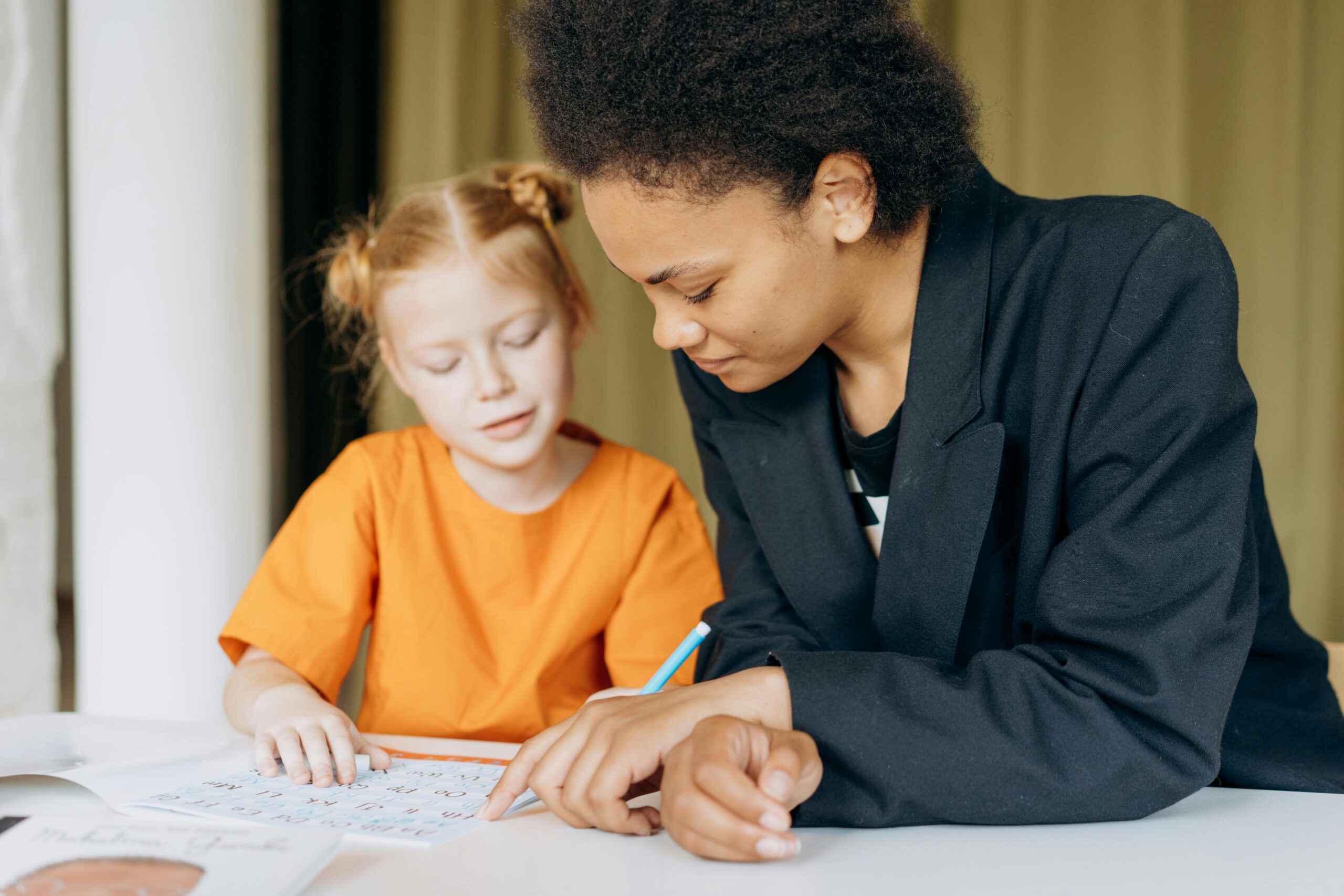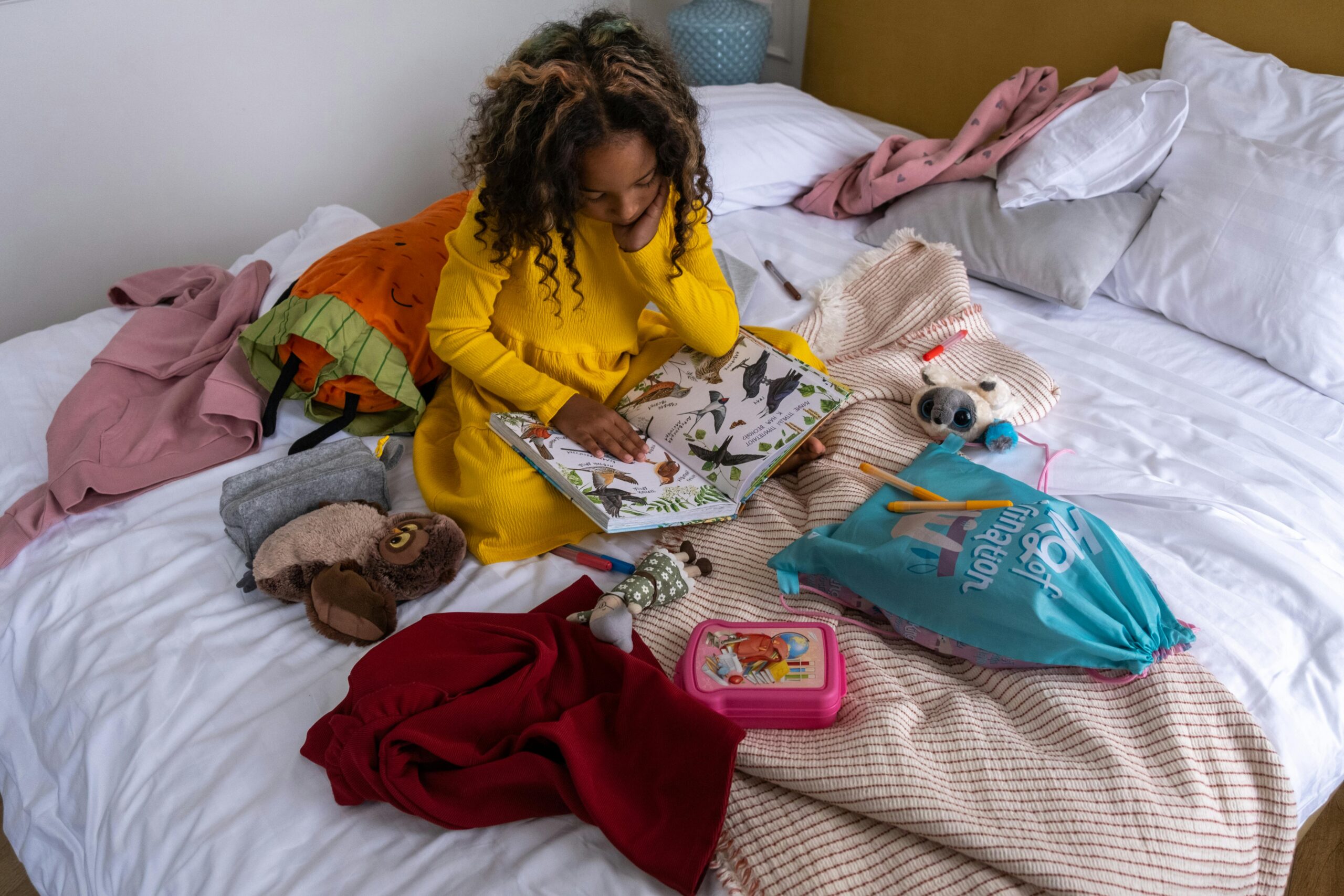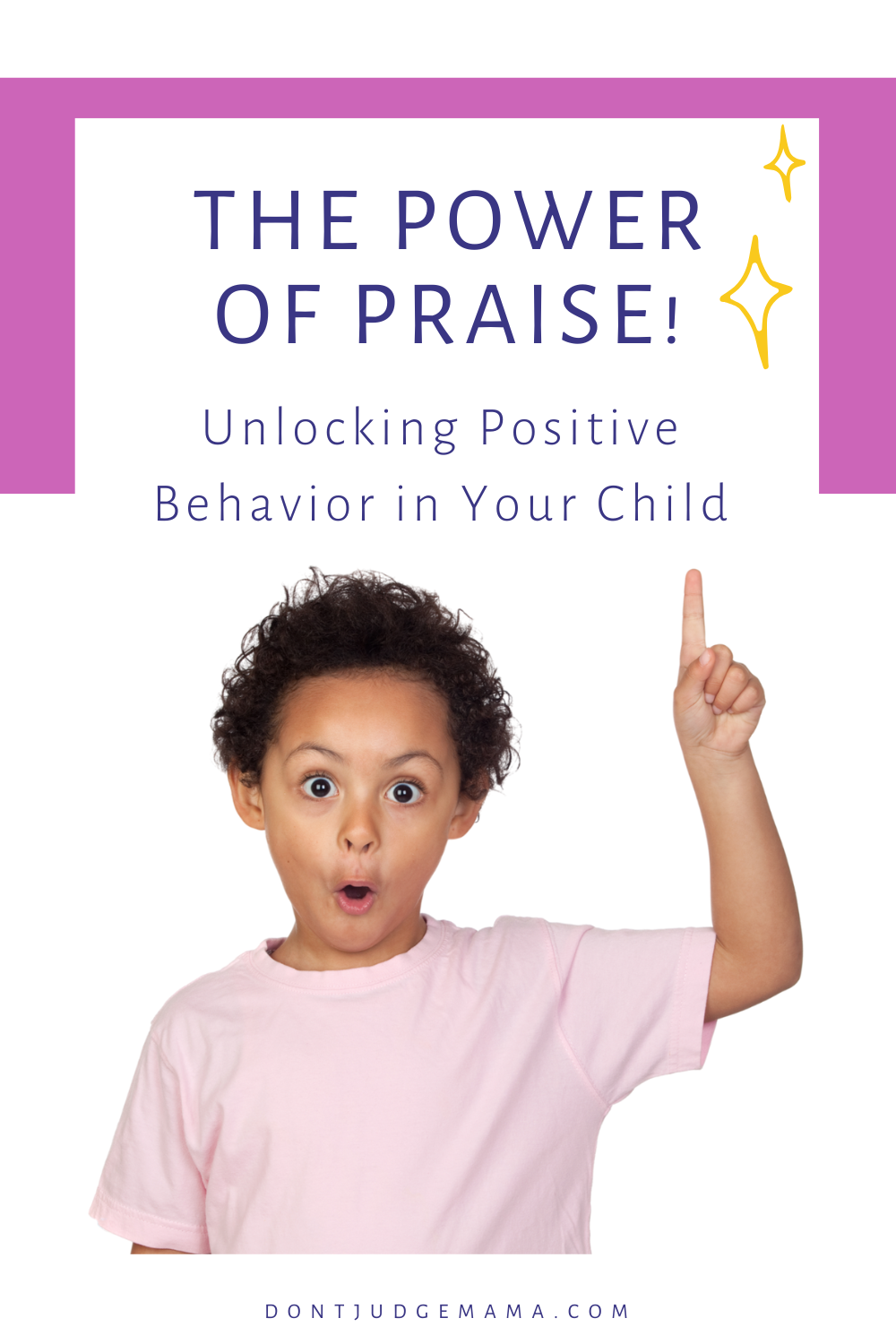Scavenger Hunts: Fun, Focus, and Family Connection
Scavenger hunts are one of my daughter’s favorite activities! They take a little bit of work to plan out ahead of time, but to see my daughter’s eyes light up while she’s on the hunt is totally worth the effort. They’re a mix of fun, movement, problem-solving, and, if you do it right, a chance for meaningful family bonding. Let’s break it down: what are scavenger hunts, why do I love them for neurodiverse kids, and how can they help your family connect?
What Are Scavenger Hunts?
Scavenger hunts are simple, yet endlessly adaptable activities where participants solve clues to find the next clue and eventually a prize at the end. You can do them indoors, outdoors, or even around the neighborhood!
You can create a scavenger hunt in about five minutes with a paper and pen, or you can get fancy and type the clues up. To make it easier for you, I’ve created 35 different rhyming clues all ready to go later in this post. We’ve done scavenger hunts with Elf on the Shelf, on St. Patricks day that led to a pot of gold candy, Easter that led to a small toy surprise, and randomly in the summer for a fun activity to do. The beauty lies in its flexibility.
Why I Love Scavenger Hunts for Kids with ADHD
If you’re parenting or working with kids who have ADHD, you know that keeping them engaged can sometimes feel like herding cats. Scavenger hunts, however, check so many boxes for kids with ADHD:
- They provide movement. Sitting still for long periods can be a challenge for kids with ADHD. Scavenger hunts naturally encourage movement as kids search for items or complete tasks. Movement helps regulate energy levels and improves focus—it’s a win-win.
- They’re short and structured. A scavenger hunt has a clear start and finish, and the tasks are bite-sized. This makes it easy for kids to stay on track without feeling overwhelmed or losing interest.
- They boost executive functioning. Finding items or solving clues requires kids to use mental flexibility, planning, working memory, and organization skills—all areas where kids with ADHD might need practice in a fun, low-stakes way.
- They build confidence. Scavenger hunts are collaborative and success-oriented. Finding an item or solving a clue feels like an accomplishment—and celebrating those wins builds self-esteem.
How Scavenger Hunts Foster Family Bonding
We’re all busy. Sometimes family time can feel rushed, chaotic, or centered around chores. A scavenger hunt is a simple way to slow down, connect, and have fun together. (Check out this post for more about the importance of daily connection.) Here’s how they encourage bonding:
- It’s a team effort. Whether you’re working as one big group or pairing off into teams, scavenger hunts are all about collaboration. “We’re in this together” is the vibe.
- You get to see the world through your child’s eyes. Watching how your child approaches the hunt—where they look first, what excites them, or how they solve a problem—can give you insight into their personality and how they process the world.
- They create natural opportunities for connection. There’s no need for forced conversations or artificial moments. You’re naturally chatting, laughing, and celebrating wins as you go.
- They reduce pressure. Scavenger hunts are about fun, not perfection. There’s no right or wrong way to do it, which helps create a relaxed environment where kids and parents can just be.
How to Get Started with a Scavenger Hunt
The best part? Scavenger hunts don’t require Pinterest-level preparation. Here are rhyming clues you can use for your next scavenger hunt:
20 Rhyming Scavenger Hunt Clues for Kids Inside the House
- Shoe
“I’m something you wear to cover your feet,
Look in the place where shoes like to meet!” - Refrigerator
“I keep things cold, like milk and cheese,
Open me up with just a breeze!” - Pillow
“I’m fluffy and soft, on a bed I stay,
Lay your head on me after a long day.” - TV Remote
“I help you change channels, up and down,
Look for me where the couch is around.” - Toothbrush
“I help you stay clean, morning and night,
Find me where your teeth get bright!” - Clock
“I have hands but no arms, I tick and I tock,
You’ll find me on the wall or sitting on a block.” - Book
“I’m full of pages, I love to be read,
I might be resting by your bed.” - Lamp
“I shine bright when the room’s too dark,
Look for me where light leaves its mark.” - Mirror
“I show your face, but I’m not you,
Find me hanging where you see your view.” - Spoon
“I scoop your cereal or soup that you slurp,
In the kitchen drawer, I often lurk.” - Stuffed Animal
“I’m soft and cuddly, a friend in the night,
Find me where you hug me tight.” - Backpack
“I carry your books and sometimes a snack,
You’ll find me where you unpack.” - Trash Can
“I’m where things go when they’re no good,
Find me where I’m often stood.” - Towel
“I’m fluffy and dry, hanging on a bar,
Look in the bathroom, I’m not far.” - Sock
“I come in pairs, I cover your toes,
Look where your laundry usually goes.” - Table
“I hold your food and things you need,
I have four legs, but I don’t speed.” - Phone
“I ring, I buzz, I let you chat,
Find me where I’m charging at.” - Chair
“I have a back but no arms, you see,
Sit down on me, where might I be?” - Pen
“I help you write, I’m thin and long,
Find me where homework belongs.” - Soap
“I help you get clean and wash away grime,
Find me in the bathroom or kitchen next time.”
15 Rhyming Scavenger Hunt Clues for Outside the House
- Tree
“I stand up tall with branches and leaves,
Find me where the birds build their eaves.” - Mailbox
“I hold letters and packages too,
Find me out front with a flag that’s blue.” - Swing
“I go back and forth, I’m really fun,
Find me where kids love to run.” - Flower
“I’m pretty and bright, in colors I bloom,
Look for me where bees love to zoom.” - Fence
“I make a border, straight and tall,
Find me standing to protect it all.” - Garden Hose
“I’m long and green, I spray water around,
Look for me coiled up on the ground.” - Slide
“I’m smooth and slick, you’ll go down fast,
Find me at the park where fun can last.” - Bike
“I have two wheels and pedals to go,
Find me where rides start slow.” - Sidewalk Chalk
“I draw pictures or make a line,
Find me outside where kids design.” - Sandbox
“I’m full of grains, soft and light,
Dig in me to find treasures bright.” - Basketball Hoop
“I have a net and love when balls score,
Find me where players want to do more.” - Sprinkler
“I spin and spray when the weather is hot,
Find me where water cools the lot.” - Doghouse
“I’m cozy and small, for a pup I fit,
Find me where the dog might sit.” - Grill
“I sizzle and cook when it’s barbecue time,
Find me where the burgers taste sublime.” - Lawnmower
“I cut the grass, short and neat,
Find me where the lawn smells sweet.”
Final Thoughts
Want to sneak in a little learning too? (It’s the teacher in me, I can’t help it!) Try incorporating some key vocabulary words into the activity like collaborate, context clues, predict and infer. Don’t try to force it, but see if you can sprinkle in some of these words while you’re on the hunt. Your child might not know what they mean so be sure to explain it. For example you could say “What context clues can help us figure out this clue? Context clues are hints or clues that can help us figure out the answer.”
When you’re done with the scavenger hunt you could also ask a few follow up questions like: How did we collaborate to solve the clues? If we were to do this again, what is one change we could make to work together more effectively? If your child gives you a blank look, no problem, just be a role model and answer the questions yourself. Modeling responses like that is one way to help your child learn some new strategies for the future.
Scavenger hunts are one of those rare activities that feel magical for kids but require minimal effort from parents. For kids with ADHD, they’re a perfect mix of movement, structure, and fun. And for families, they’re a low-pressure way to bond, laugh, and make memories together.
So grab a list, grab your kids, and go hunting! You might be surprised at how much fun everyone has—including you.
Check out this FREE resource: Top 10 Strategies to Support Neurodiverse Kids at Home and School! Click HERE to get the resource.





